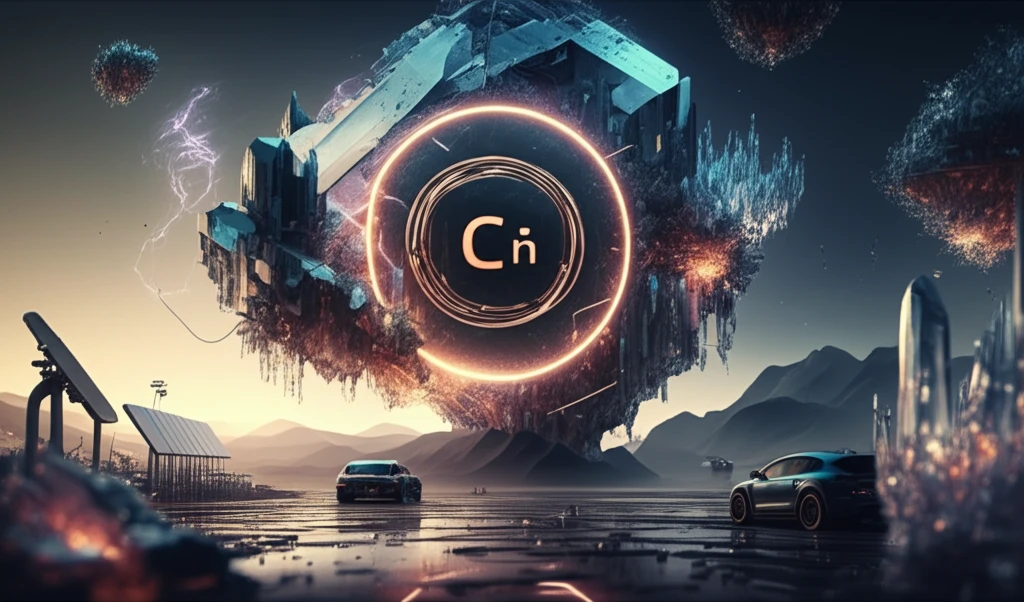
Beyond Lithium: The Copper Catalyst Revolutionizing Battery Technology
"Explore how copper doping is transforming lithium-ion batteries, offering enhanced performance and sustainability for the future of energy storage."
Lithium-ion batteries (LIBs) have become indispensable in modern technology, powering everything from smartphones to electric vehicles. Their widespread use is driven by their high energy density and relatively long lifespan. However, as demand for electric vehicles and renewable energy storage grows, the limitations of traditional LIBs—including cost, safety concerns, and performance issues—become increasingly apparent. This has spurred significant research into improving LIB performance and exploring alternative materials.
One promising avenue for enhancement is the modification of cathode materials, which significantly influence a battery's capacity, voltage, and overall stability. Among various strategies, doping—the intentional introduction of impurities into a material to alter its properties—has emerged as a powerful technique. Researchers are particularly interested in using metal dopants to enhance the structural and electrochemical characteristics of lithium-rich cathode materials.
Recent studies have highlighted the potential of copper (Cu) doping in lithium-rich layered oxides. Copper is an abundant and cost-effective metal, making it an attractive option for improving battery performance without significantly increasing production costs. This article delves into how copper doping affects the structural and electrochemical properties of lithium-rich Li1.2Mn0.50Ni0.125Co0.125O2 nanopowders, offering a glimpse into the future of battery technology.
How Does Copper Doping Enhance Lithium-Ion Battery Performance?

The core innovation lies in integrating copper ions into the lithium-rich cathode material Li1.2Mn0.50Ni0.125Co0.125O2. This material, known for its high capacity, suffers from issues like poor initial efficiency and declining performance over time. Copper doping addresses these drawbacks by:
- Stabilizing the Structure: Copper doping fortifies the cathode’s structure, preventing degradation during repeated charge-discharge cycles.
- Improving Ion Conductivity: Copper enhances the movement of lithium ions within the battery, leading to faster charging and discharging rates.
- Enhancing Cycling Performance: Batteries with copper-doped cathodes exhibit better capacity retention and overall stability over extended use.
The Future is Copper: Paving the Way for Sustainable Batteries
Copper doping represents a significant step forward in battery technology, providing a pathway to more sustainable and efficient energy storage solutions. As research continues, the optimization of copper doping techniques promises to unlock even greater potential, further enhancing the performance and longevity of lithium-ion batteries. This innovation not only supports the growing demand for electric vehicles and renewable energy but also aligns with global sustainability goals by reducing reliance on scarce and environmentally problematic materials. The future of battery technology is here, and it's powered by copper.
